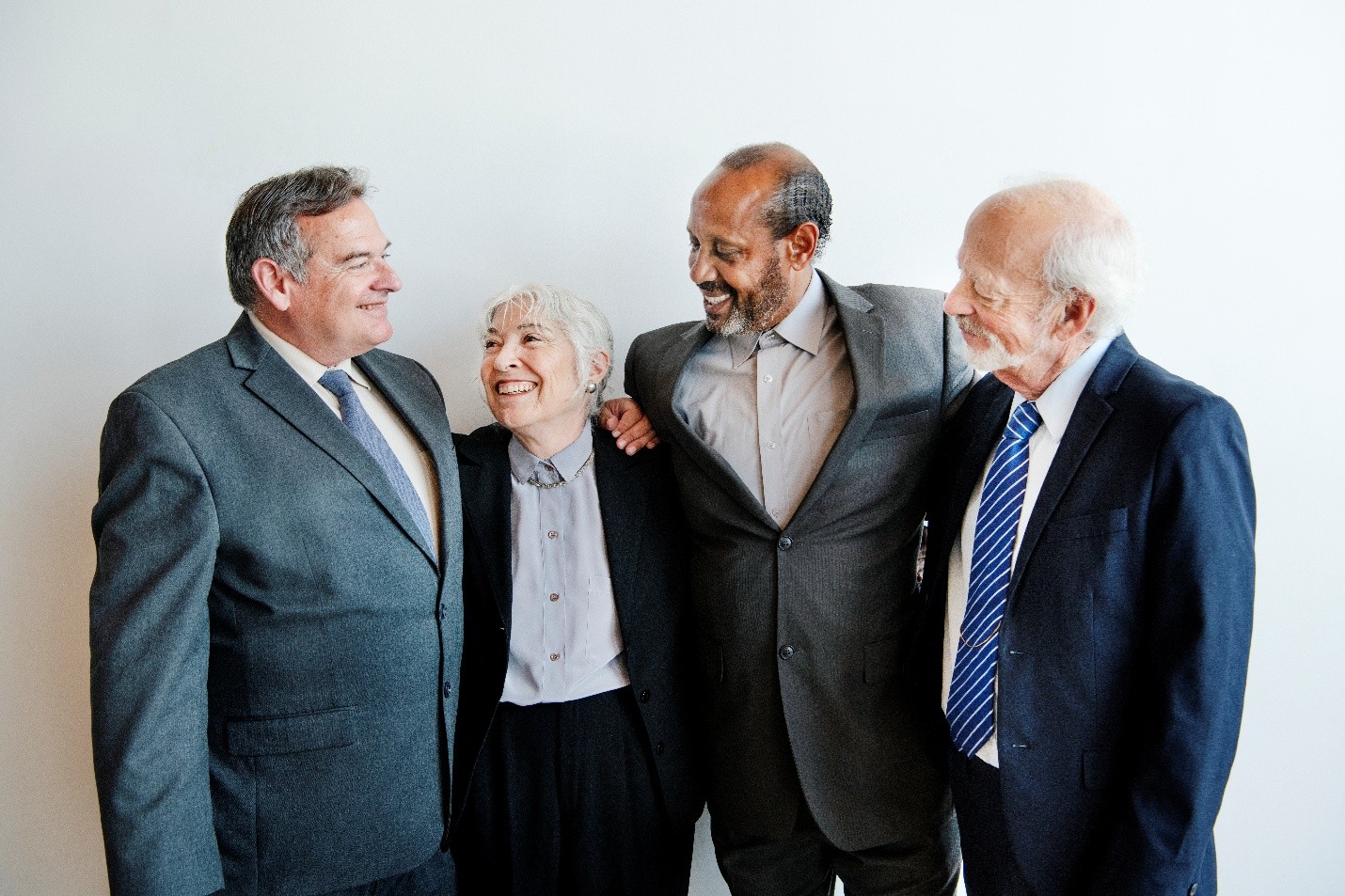For decades, the number 60 or 65 defined retirement. It was the reward for a lifetime of work, a promise of rest and stability. Today, that finish line keeps moving. Many governments are pushing the retirement age higher, and people are staying in their jobs longer than ever before. The reason is simple: we are living longer, but pension systems are struggling to keep up. What once felt like a milestone now feels like a negotiation between people and policymakers.
Why the Retirement Age Keeps Rising
Retirement rules are based on three things: how long people live, how many are working, and how much the government can afford to pay. When social pensions were created in the early twentieth century, few people lived past 65. In 1935, the average American lifespan was around 62. Today it is close to 78, and in Japan, 84. As a result, retirees now draw benefits for decades instead of years.
To keep systems sustainable, governments have pushed the official retirement age higher. In the United States, full Social Security benefits start at 67. Germany plans to reach the same level by 2031, and the United Kingdom will raise the State Pension age to 67 by 2028, with 68 scheduled for 2044–46, subject to review. For policymakers, math is simple: longer lives mean longer payouts, and someone has to fund them.
Work Longer, Live Longer
Extending working lives is not just a financial fix; it also helps fill labor shortages in aging societies. Older workers bring skills and experience that economies cannot easily replace. Yet not everyone can work longer. For people in physically demanding jobs, pushing retirement to 67 or 68 may feel impossible. Some countries offer flexible or early retirement options, letting people choose when to leave the workforce with adjusted benefits.

Around the World in Retirement
Retirement ages differ dramatically across countries. France’s 2023 reform raised the legal retirement age from 62 to 64, sparking widespread protests. The government argued it was necessary to save the pension system, while unions called it unfair to manual workers. As of late 2025, the reform’s implementation has been suspended until after the 2027 election. In Italy, Spain, and Germany, similar debates continue as populations age and birth rates fall.
The United States takes a more flexible approach. Americans can start claiming reduced benefits at 62 or wait for higher payments later. Nearly one in five people over 65 still works, often to stay active or make ends meet. In Asia, policies vary. China began a phased increase on 1 January 2025, raising retirement ages over 15 years with different targets for men and women. Japan and South Korea have some of the world’s highest senior employment rates, with many people working well into their seventies.
The Future of Retirement
The idea of a fixed retirement age is slowly disappearing. Many countries are experimenting with phased retirement, allowing people to work part time while receiving partial pensions. This approach keeps older workers active and eases the transition out of full-time employment. Nordic systems, such as those in Sweden and Denmark, provide well-developed options to combine work and partial pensions.
Technology is also reshaping later-life work. Remote work and digital tools make it easier for older people to stay productive, while automation could replace some jobs altogether. The challenge for policymakers is to build systems that are both fair and realistic, recognizing that not all workers age equally.









